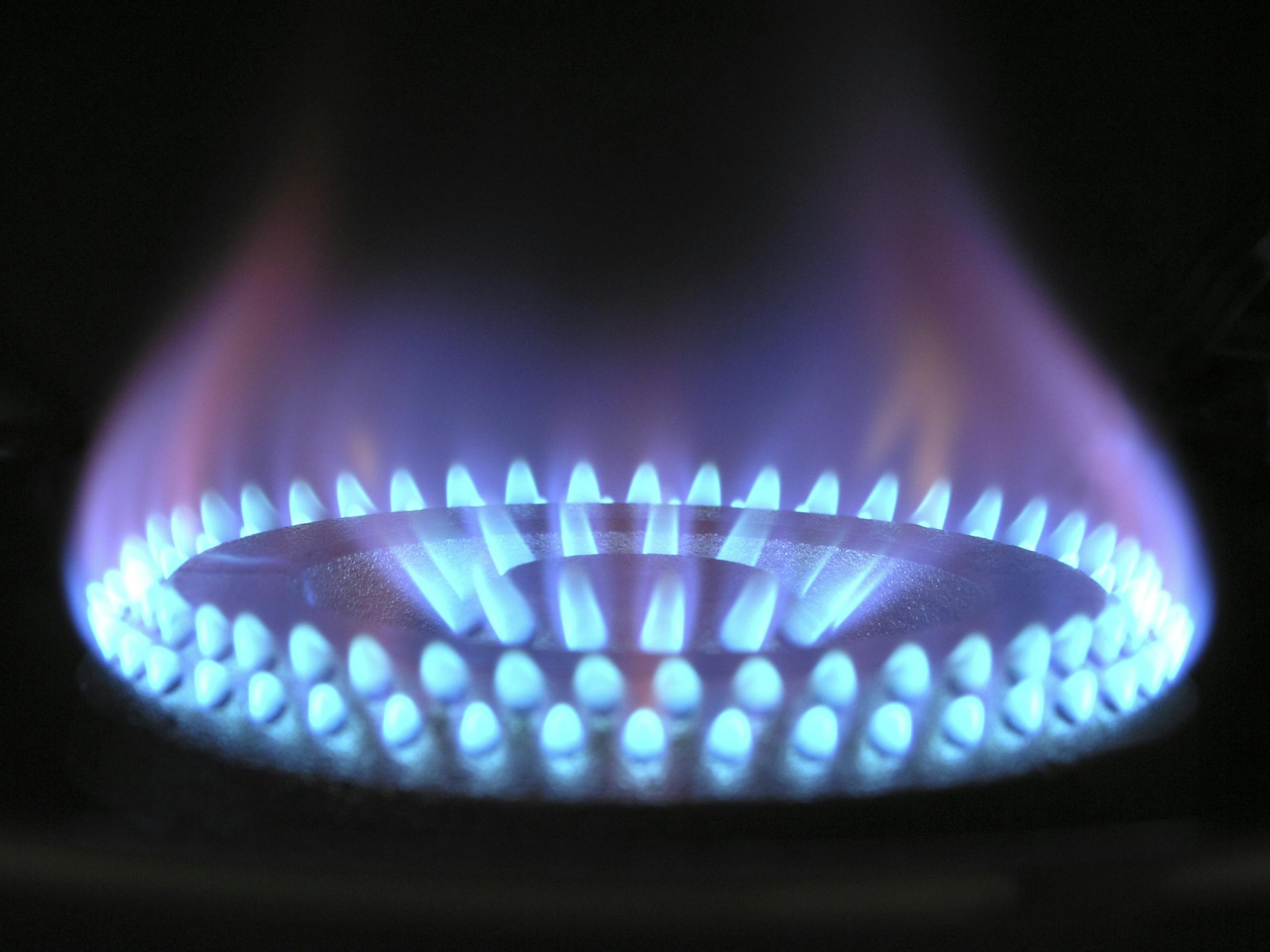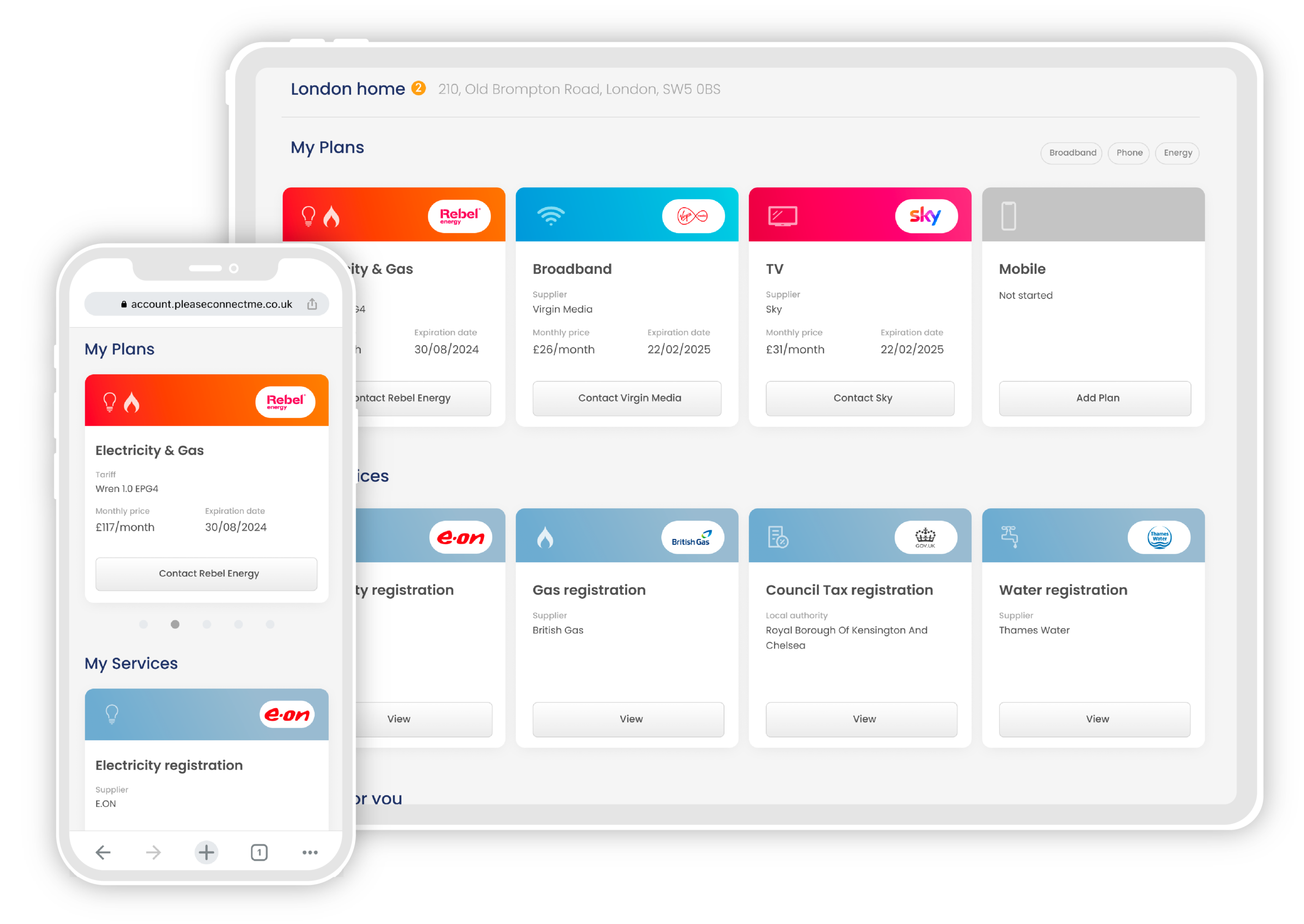The UK’s energy regulator, Ofgem’s Energy price cap is now in effect for October 1 to December 31, 2025. This change will affect millions of households across the country on standard variable tariffs.
Here’s everything you need to know about the upcoming cap, how it will impact different households, and what you can do to manage your energy costs.
What’s changing in October 2025?
The energy price cap, set by Ofgem, limits what suppliers can charge for energy under standard variable tariffs. It is reviewed every three months and reflects wholesale energy costs, network charges, and government policy costs.
From 1 October to 31 December 2025:
- Electricity: 26.35p per kWh (multi-rate tariffs may vary)
- Gas: 6.29p per kWh
| Cost | 1 July – 30 September 2025 | 1 October – 31 December 2025 (new) | % Change |
| Electricity | |||
| Unit Rate | 25.73p per kWh | 26.35p per kWh | +0.62p (+2.41%) |
| Standing Charge | 51.37p per day | 53.68p per day | +2.31p (+4.50%) |
| Gas | |||
| Unit Rate | 6.33p per kWh | 6.29p per kWh | -0.04p (-0.63%) |
| Standing Charge | 29.82p per day | 34.03p per day | +4.21p (+14.12%) |
What the October price cap means for your bills
The new price cap will see a 2% increase for a typical household, pushing the average annual dual-fuel bill to £1,755. This represents a rise of approximately £35 per year. However, the impact on your specific bill will depend on your energy consumption, as the cap limits unit rates and standing charges, not your total bill.
The increase is primarily driven by a rise in the daily standing charges, which is the fixed fee paid regardless of energy usage. The average standing charge will increase by 4.5% for electricity and 14% for gas. This means that lower energy users, such as those in flats or smaller homes, may see a disproportionately higher percentage increase in their bills compared to high-use households.
Here’s a breakdown of the estimated annual costs for different household sizes based on typical consumption:
A look back at price cap changes over the years
The energy price cap has seen significant volatility over the past few years, largely due to global events impacting wholesale energy markets.
- October 2021: The cap increased by 12% to £1,277, signalling the start of the energy crisis.
- April 2022: The cap surged by a massive 54% to £1,971, causing widespread financial strain.
- October 2022: Ofgem announced an 80% increase to £3,549, but this was superseded by the government’s Energy Price Guarantee (EPG), which set a lower, government-backed cap of £2,500 for a typical household.
- July 2023: For the first time in nearly three years, the price cap fell below the EPG, dropping to £2,074, as wholesale prices began to stabilise.
- July 2025: The cap fell by 7% to £1,720, its lowest level since the energy crisis began.
The price cap is now reviewed and adjusted every three months (January, April, July, and October), allowing for a quicker reflection of wholesale energy price changes. This is a change from the previous twice-a-year review cycle.
Energy prices forecast
Based on market trends, analysts have provided predictions for the price cap in the coming quarters. It’s important to remember that these are forecasts, and confidence levels vary.
- January 1 – March 31, 2026: The cap is predicted to fall slightly to £1,736.
- April 1 – June 30, 2026: The cap is predicted to rise again to £1,758.
- July 1 – September 30, 2026: A fall to £1,732 is predicted.
While these predictions show the cap remaining relatively stable, they are still significantly higher than pre-crisis levels. This underscores the importance of managing energy usage and exploring alternative tariffs, such as fixed-rate deals, which are currently being offered by many suppliers at rates below the price cap.
Tips for reducing your energy bills
Making small changes to your daily habits and home can lead to significant savings over the year.
- Adjust Heating: Turning down your thermostat by just 1°C can reduce your heating bill by up to 10%. For combi boilers, lowering the flow temperature to 60°C or below can also make a noticeable difference without compromising warmth.
- Be smart with appliances: Save up to £50 a year by air-drying clothes instead of using a tumble dryer. Running your washing machine on a 30°C cycle can also save a significant amount of energy per year.
- Tackle “vampire devices”: Devices left on standby can drain power and add up to £45 to your annual bill. Switch off appliances like TVs, smart speakers, and games consoles at the wall.
- Insulate and draught-proof: Simple fixes like blocking draughts around doors and windows with seals or foam tape can prevent heat from escaping. You can also install a hot water cylinder jacket to prevent heat loss, saving up to £40 a year.
- Change Lighting: Switch to energy-efficient LED bulbs. They use up to 80% less energy and last much longer than traditional bulbs.
What to do before the new price cap
The upcoming price cap adjustment in October is a great reminder to take control of your energy costs. Here are a few smart steps to consider before the new rates kick in:
- Estimate your savings: Figure out how the new cap will affect your specific bills to understand the potential impact on your household budget.
- Explore fixed-rate options: Look into fixed tariffs, which could offer you greater stability and better value compared to the price-capped rate.
- Contact your current provider: Get in touch with your supplier to see if they have any special deals for existing customers that beat their standard variable rate.
- Evaluate your energy habits: Think about how much energy you use to decide if a fixed-price contract is the right choice for your needs.
- Record your meter readings: Submit up-to-date meter readings on or before October 1st to ensure you are billed accurately for the period before the change.
Looking for energy advice?
With the price cap remaining volatile, finding a better deal than your current standard variable tariff can save you money. Many energy suppliers are now offering competitive fixed-rate tariffs, which can lock in a lower price per unit of energy for a set period, providing you with certainty and potentially significant savings on your bills.
While the government continues to provide support to those who need it most through schemes like the Warm Home Discount, it’s a great time for all households to take control of their energy costs. Switching tariffs or suppliers is one of the most effective ways to manage your bills and avoid being on a more expensive default rate.
Whether you’re moving house or simply looking to switch, a service that simplifies the process can be incredibly useful. Our Connections Experts can help you find a better energy supplier, compare the latest tariffs on your behalf and handle the details of your switch, ensuring you get the best possible deal for your needs.
Sign up today to get a better fixed deal






